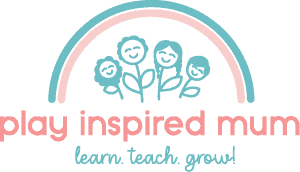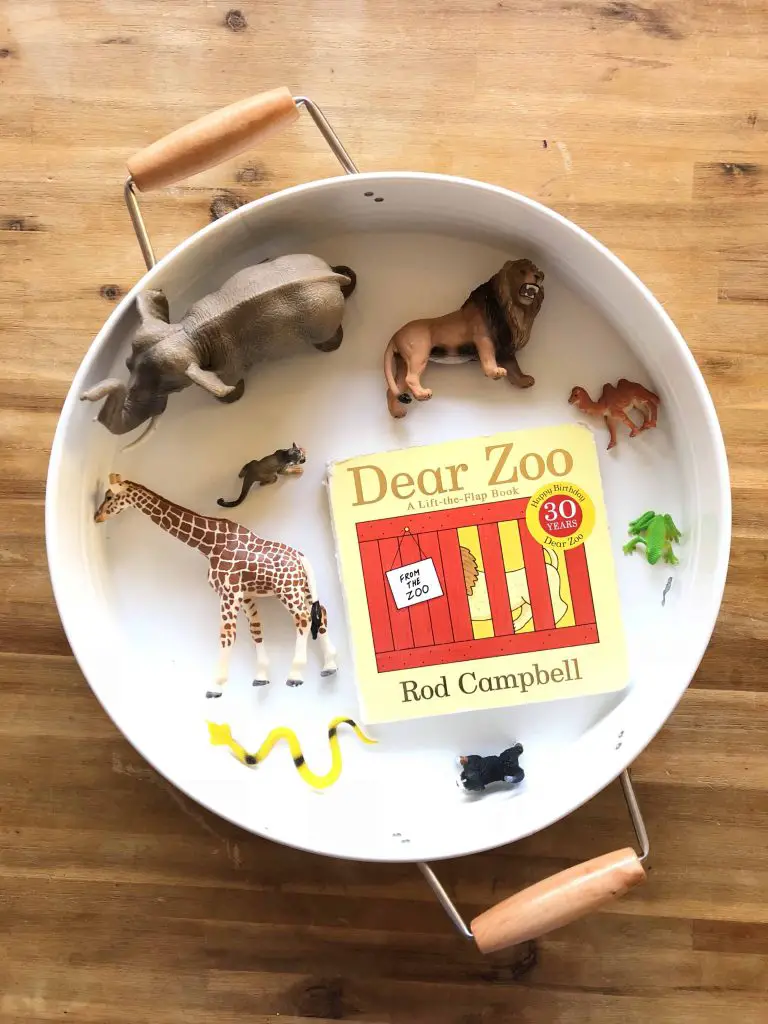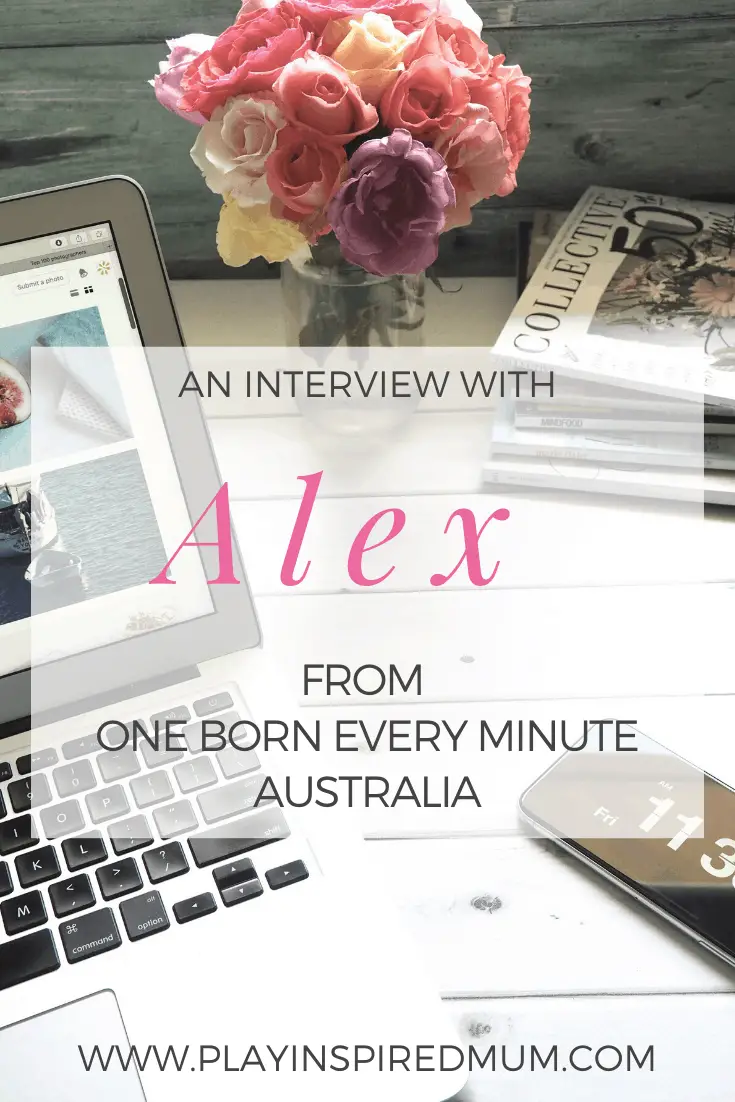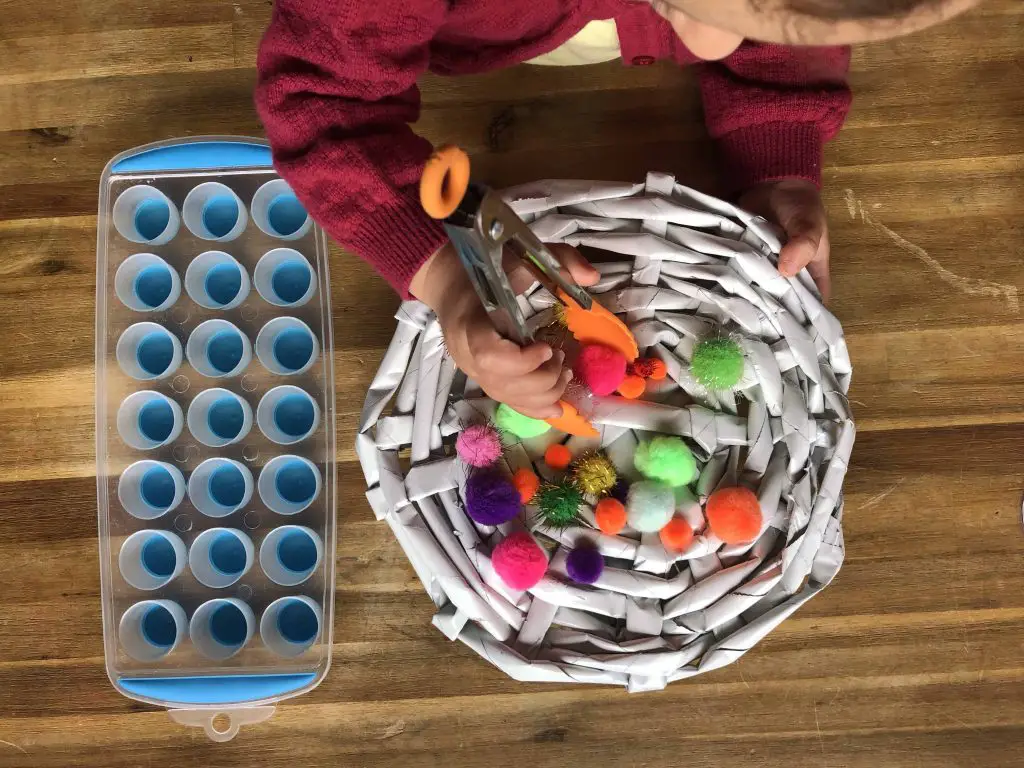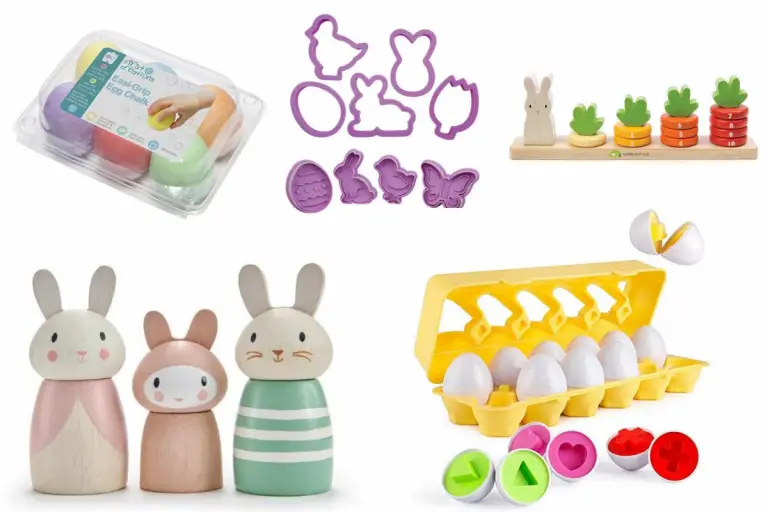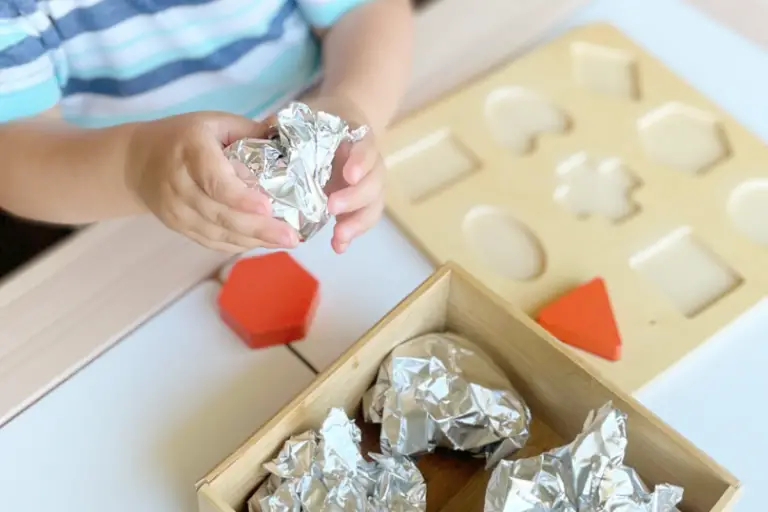Magic Milk Science Experiment
Disclosure: This blog contains affiliate links which I may earn a small commission from if you purchase through them, at no extra cost to you.
I was a kid who loved science experiments and I still do today.
If you have been wanting to do a science experiment with your kids for awhile now, you are going to love the Magic Milk science experiment.Its science that is fun, educational and easy enough that they could help you out too!
One of my favourite experiments is the magic that happens when food colouring, milk and dishwashing liquid come together.
The Magic Milk Science Experiment is one that I love to share with my children. We do it together regularly and this easy science experiment always has the wow factor!
Magic milk is a great science experiment to do with your toddler, school age children and even to take along to the school science fair!
Supplies needed for Magic Milk science experiment
- Shallow tray or dish
- Full cream milk
- Food colouring
- Dishwashing liquid
- Cotton tip
The best results can be seen with multiple colours. As the colours are pushed around by the chemical reaction, they can create more colours and the most beautiful patterns!
If you only have one colour, you will still have a great show. Add more though and you really are in for a treat!

How to set up a Magic Milk Experiment
The beauty of this science experiment is in its simplicity.
- Pour milk into the tray to just cover the base
- Add drops of food colouring to the milk
- Dip cotton tip into the dishwashing liquid
- Gently touch the milk with the cotton tip
Instantly you will be rewarded with a firework swirl of colour spreading across the tray.
With each touch of the cotton tip, a series of chemical reactions take place sending the colours soaring across the surface of the milk.
No fancy equipment or ingredients required.
Free from complicated techniques or steps.
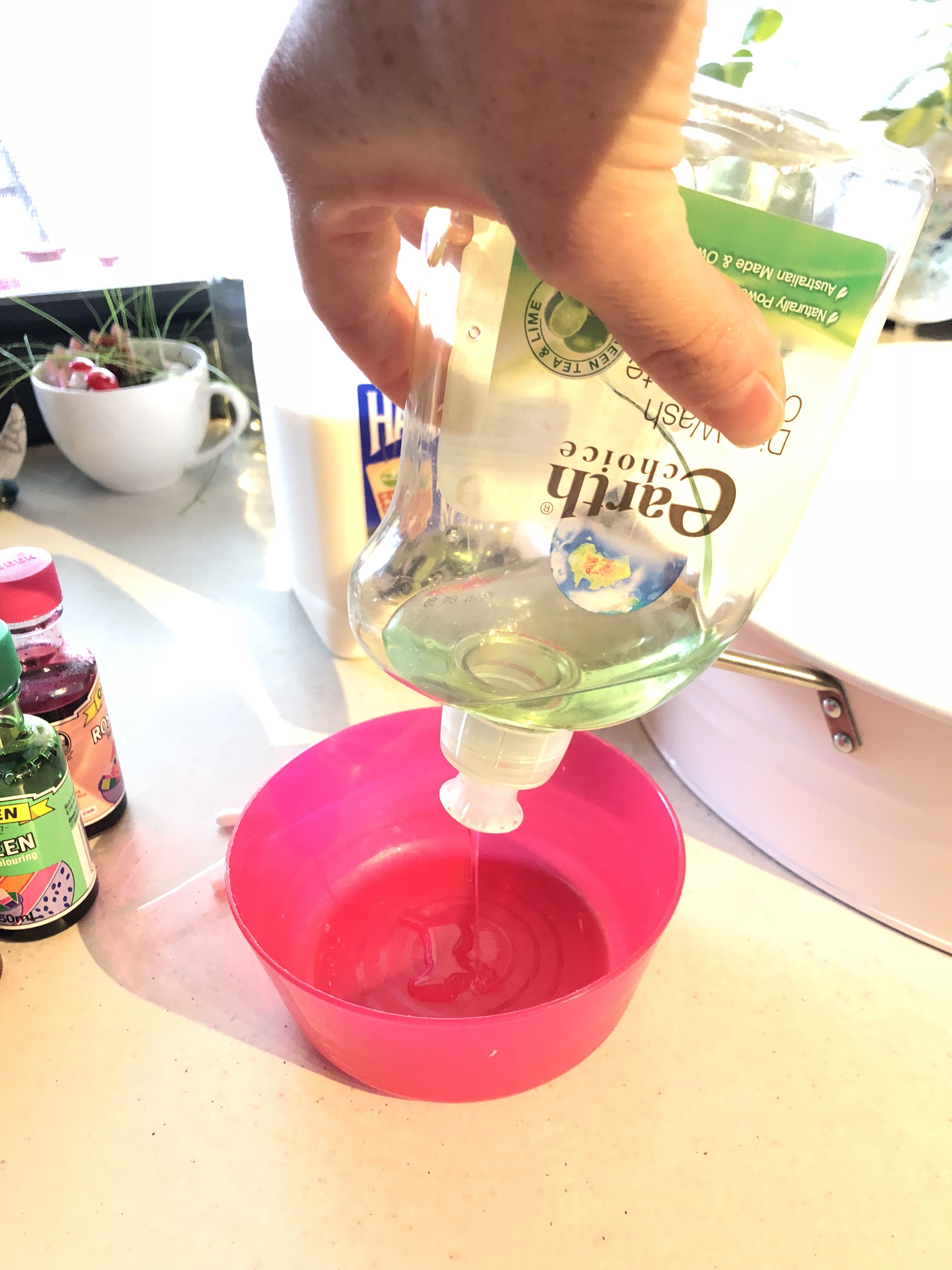
What is the Magic Milk Science Experiment?
The magic milk experiment is an easy science experiment to complete at home, at school or anywhere for that matter! You can find everything you need in your kitchen. While the initial experiment is super exciting, there are many extensions you can add to build on it too.
Simply add a couple of ingredients into a shallow bowl or tray of whole milk and the reaction is instant!
Colours will dance and spread across the surface of the milk as the effect of a chemical reaction.
The higher the fat content in your milk, the stronger the reaction. Cream is good for more than just spreading on warm, freshly baked scones.
The swirling colours are caused by a combination of events that happen instantaneously. Wam, bam and colours are moving rapidly with the most delicate touch of a cotton tip – and chemistry!

What is chemistry?
All substances are composed of atoms, molecules and ions. Chemistry is the study of matter and in short, explores how things all exist, act and get along.
In long, it is the scientific discipline of an elements and compound’s structure, composition, properties, behaviour and reactions with other substances. Read even longer about it here
There is so much fun and learning to be had exploring chemistry!

What is the chemistry behind Magic Milk?
Milk is made up of lots of different molecules. These include
- Fat
- Protein
- Sugars
- Vitamins
- Minerals
These teeny tiny elements are the smallest physical and chemical properties of the milk that contribute to giving milk it’s structure. They help make milk, milk!
I will just also add that interestingly, fat molecules are non-polar molecules. This means they do not have a charge. Are you curious as to why I mention this? We will discuss why this information is important a little bit further along.
The reaction behind the magic milk experiment is a result of the fat and protein molecules in the milk responding to contact with the dishwashing liquid. Without the dishwashing liquid, the food colouring will create ripples to the surface of the milk when dropped in, however there isn’t anything exciting that really happens from there. Providing the dish is still, the colours may drop a little into the milk, otherwise they pretty much just stay in place.
Dishwashing liquid, also known as dish soap and dishwashing detergent depending on where in the world you live, is the game changer. The surfactants in the detergent (what makes the bubbles) have both polar and non polar ends. So at a molecular level, one end is charged and the other is not.
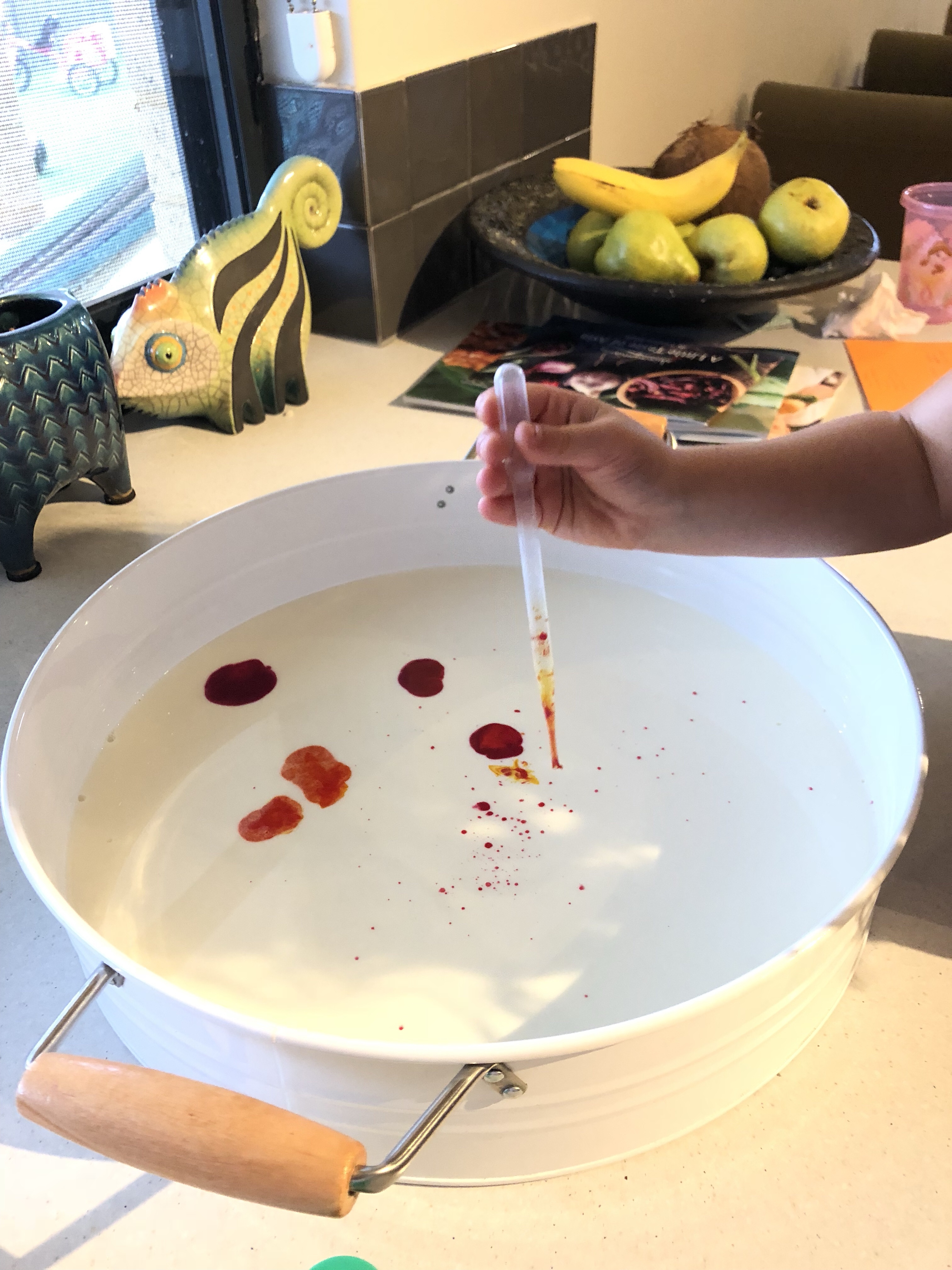
Why is this important?
This is a huge part of the amazing chemical reaction that gives our Magic Milk experiment the rolling colour wow factor. The dramatic movements of the colours is all caused by the reaction of molecules interacting with each other.
What are the reactions that happen during Magic Milk Experiment?
When you add dishwashing liquid to the milk three main reactions happen.
1. Change in surface tension of the milk
2. Change in shape of molecules
3. Formation of micelles

What you see when dishwashing liquid is added to the milk
1. The colours are free to move around due to lowered surface tension
2. Proteins in the milk change shape and start moving
3. The bipolar surfactants literally surround the fat molecules, splitting the lipids, making them move around.
So in simple terms, the colours are simply riding the aftermath of these three chemical reactions.
Amazing isn’t it?

What milk is best for the magic milk experiment?
For this science experiment to work, you need whole milk. The reaction is with the fats. Without the fats, the reaction is just not going to be there.
In saying that… why not try different milks and compare the results. Just quietly, after learning about the chemistry behind the reaction we all know that the lower fat milks just aren’t going to cut it.
There are some things in life that just need to be full fat.
- Ice-cream
- Cheese
- Yoghurt
- Milk used in Magic Milk experiments
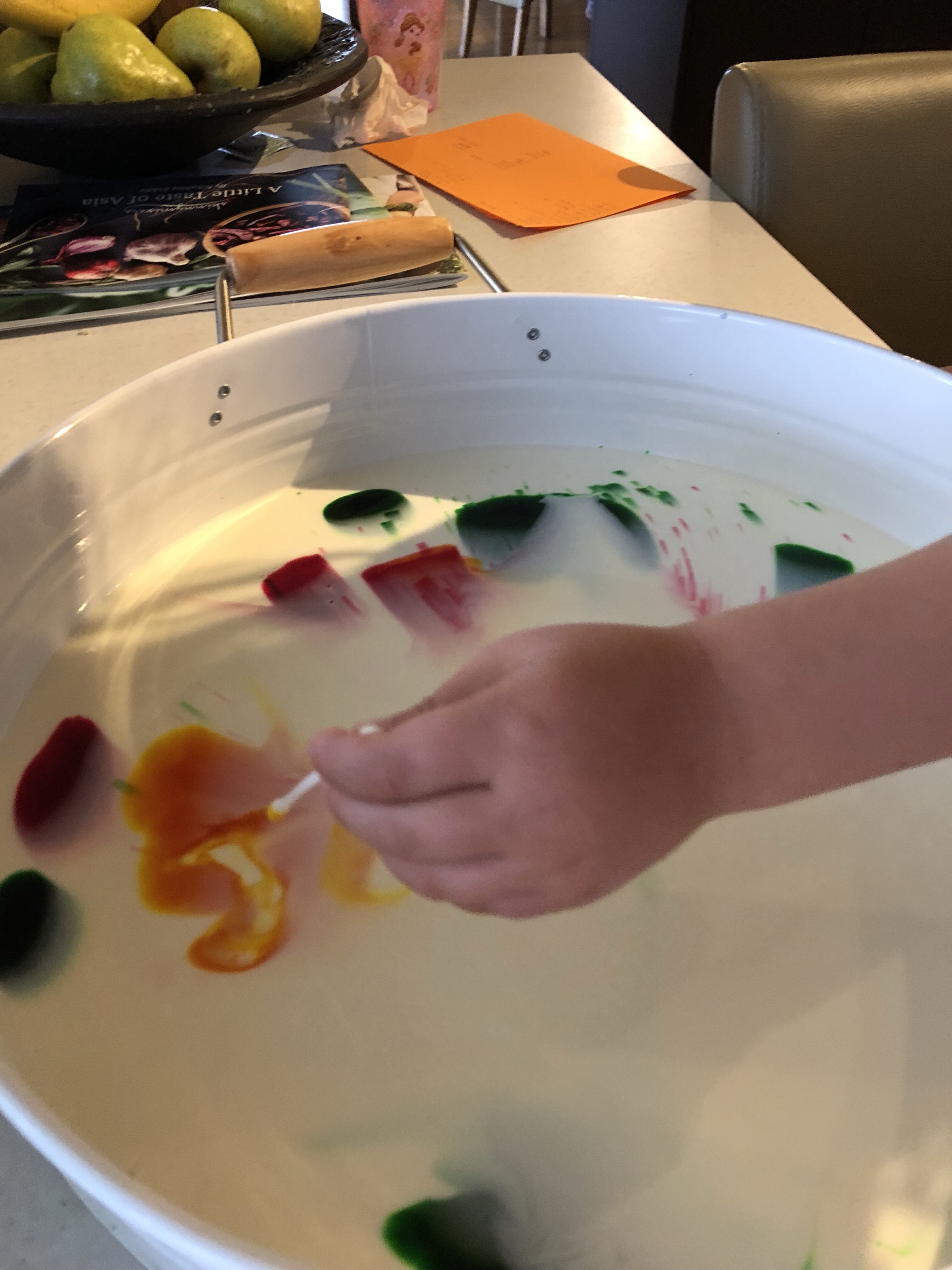

This activity can open up conversations about the importance of exploring and giving things a go even though your not entirely sure of what might happen.
It’s a safe risk for your child to take and very rewarding!
Some questions you could ask your child could be
- What do you think will happen
- What happens when you mix blue and yellow together
- How do you think that happened
- What would you change if you could do this activity again
- Where else do you think you could see a chemical reaction
- What do you think would happen if we put more soap in
- Who do you think might like to see this experiment
- What do you think would happen if you put less soap in
This is always a popular activity at our place.
I hope your kiddies enjoy this dapple with science too!
Dani D x

Disclosure: This Blog does contain affiliate links which I may earn a small commission from if you purchase through them, at no extra cost to you.
